The high-pitched whine near your ear at night might be more than just an annoyance—it’s the sound of a mosquito homing in on its next meal: you. These tiny insects have evolved remarkable abilities to detect human presence, sometimes from considerable distances. While mosquitoes may seem like simple pests, their host-seeking behavior involves complex sensory systems that have been perfected over millions of years of evolution. Understanding how these bloodsuckers find us is the first step in developing more effective strategies to keep them at bay. From carbon dioxide detection to thermal sensing, mosquitoes employ multiple methods to track down their human targets—and knowing these mechanisms can help us outsmart them.
The Carbon Dioxide Beacon

Perhaps the most powerful attractant in a mosquito’s arsenal is its ability to detect carbon dioxide—the gas we exhale with every breath. Female mosquitoes (the only ones that bite) can sense CO2 from up to 50 feet away through specialized receptors on their maxillary palps. Each human exhales approximately 2.3 pounds of carbon dioxide daily, creating an invisible plume that acts like a homing beacon for hungry mosquitoes. The concentration of CO2 increases the closer a mosquito gets to a breathing human, allowing these insects to follow gradients straight to their source. This explains why mosquitoes often target the face area first, where our exhaled breath is most concentrated, and why outdoor gatherings with multiple people breathing in close proximity can quickly become mosquito magnets.
Body Heat Detection

Beyond carbon dioxide, mosquitoes possess remarkable thermosensing capabilities that allow them to detect the heat radiating from warm-blooded animals. Their antennae contain specialized receptors that can identify temperature differences as small as 0.2°C against the ambient environment. This heat-seeking ability becomes particularly important when mosquitoes get within a meter of potential hosts, helping them distinguish warm human bodies from surrounding cooler objects. Interestingly, this thermal sensing works in conjunction with visual cues, especially in species like the Aedes aegypti that hunt during daylight hours. The combination of a warm, moving object represents the perfect target, which is why active people often attract more mosquitoes than those sitting still, as movement generates additional body heat that these insects can readily detect.
Skin Odor Attraction
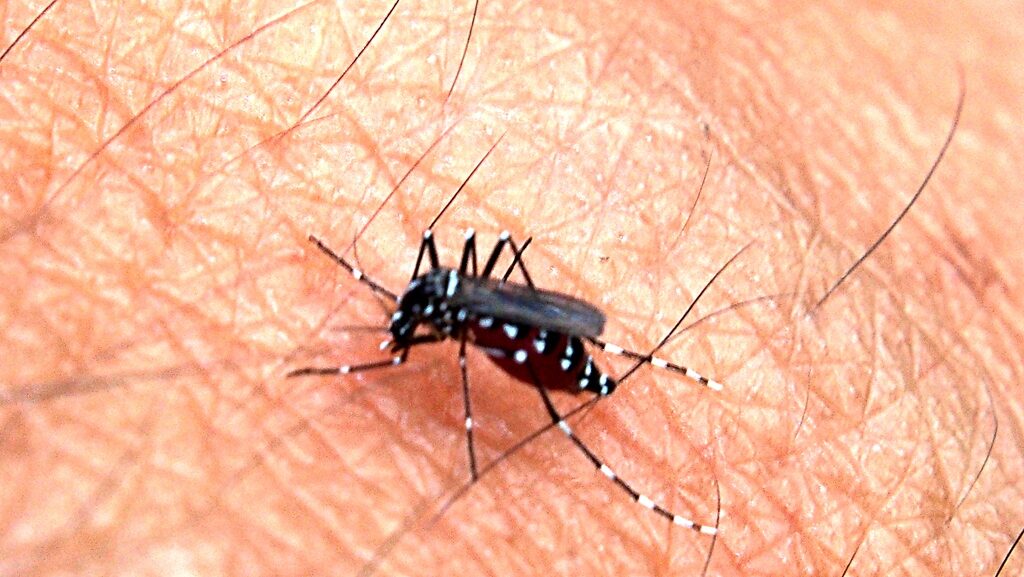
The complex cocktail of chemicals emanating from human skin represents a powerful attractant for mosquitoes, who have evolved to recognize the specific scent signatures of their preferred hosts. Our bodies produce over 300 different chemical compounds, but mosquitoes are particularly drawn to lactic acid, ammonia, and certain fatty acids present in our sweat and skin oils. These compounds create a unique olfactory fingerprint that varies from person to person, explaining why some individuals seem to attract more mosquito attention than others. Research has shown that skin bacteria play a crucial role in this process, as they metabolize our sweat into compounds that mosquitoes find irresistible. This bacterial action explains why sweaty feet and unwashed skin often attract more mosquitoes—the bacteria have had more opportunity to transform neutral sweat compounds into mosquito attractants.
Visual Targeting
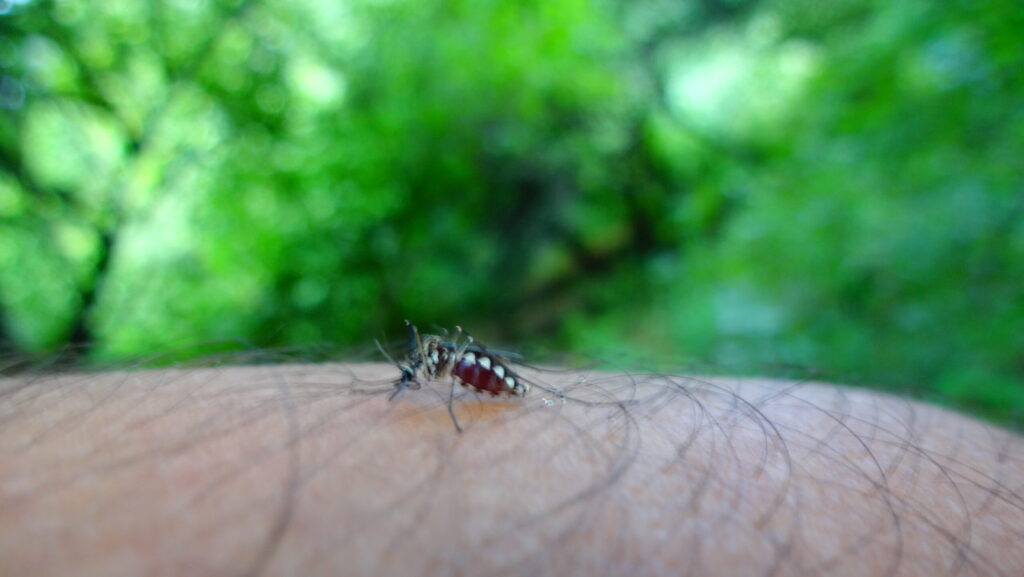
While often overlooked, visual cues play an important role in mosquito hunting behavior, particularly for day-biting species. Mosquitoes can see movement and contrast, with a special sensitivity to dark objects against lighter backgrounds. This visual preference helps explain why wearing dark clothing can make you more visible to mosquitoes, especially in outdoor settings. Movement further enhances visual detection, as mosquitoes are programmed to investigate moving objects that might represent potential hosts. Some mosquito species even demonstrate preferences for certain colors, with studies showing Aedes mosquitoes are particularly attracted to red, orange, black, and cyan. This color sensitivity works in combination with other sensory inputs, creating a multi-layered targeting system that makes these insects remarkably effective hunters.
Humidity Sensors
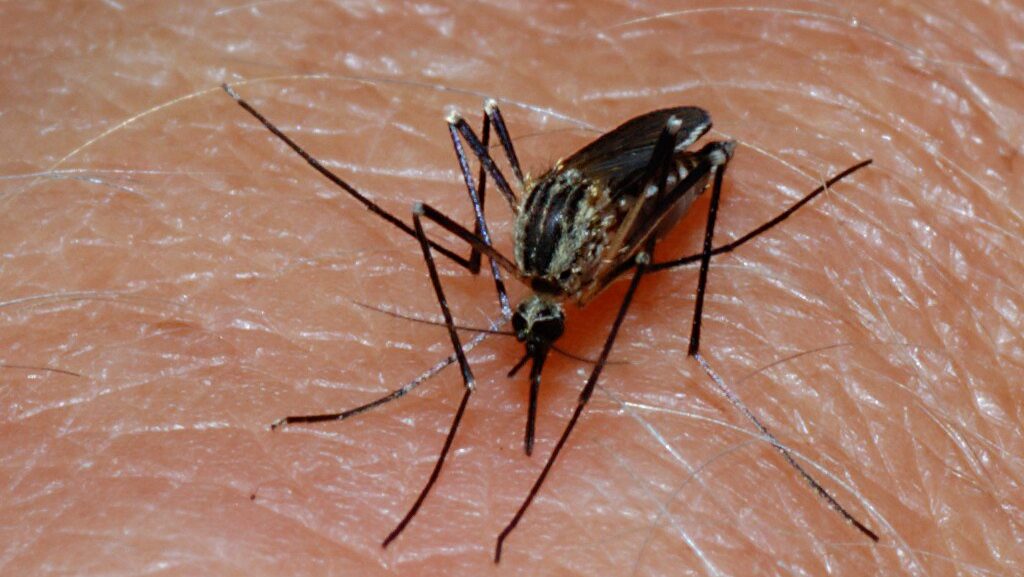
Mosquitoes possess specialized hygroreceptors that allow them to detect subtle changes in environmental humidity—an often overlooked aspect of their hunting toolkit. Human bodies continuously release moisture through respiration and perspiration, creating localized zones of higher humidity that mosquitoes can detect. This moisture detection becomes particularly important when mosquitoes get within close range of potential hosts, helping them fine-tune their approach for landing and feeding. The sensitivity of these humidity sensors explains why mosquitoes seem to appear in greater numbers during humid evenings, as the ambient conditions enhance their ability to locate human targets. Interestingly, this humidity detection works synergistically with heat sensing, as warmer bodies typically emit more moisture, creating a stronger combined signal that draws mosquitoes in.
Chemical DEET: How It Actually Works
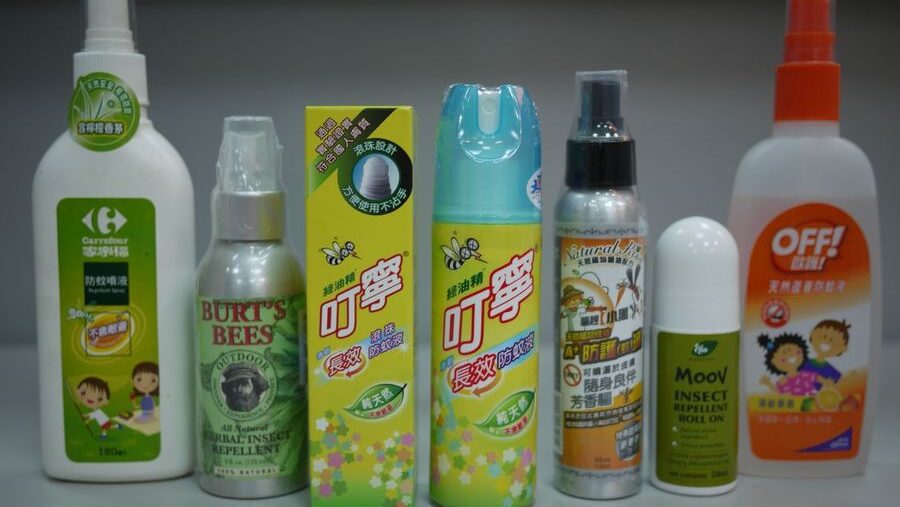
Despite being developed in the 1940s and used by millions worldwide, DEET’s exact mechanism of action remained poorly understood until relatively recently. Contrary to popular belief, DEET doesn’t simply “mask” human scent—it actively interferes with mosquitoes’ olfactory receptors, essentially scrambling their ability to detect attractive human odors. Scientists discovered that DEET binds to specific odor receptors in the mosquito’s antennae, creating a confusing sensory experience that prevents them from properly interpreting chemical signals. Additionally, mosquitoes find the smell of DEET itself repulsive, creating a multi-layered deterrent effect. The effectiveness of DEET varies by concentration, with higher percentages providing longer protection rather than stronger immediate effects—a 30% solution typically protects for about five hours, while 10% formulations last about two hours.
Natural Repellents: Essential Oils

For those seeking alternatives to synthetic chemicals, certain essential oils have demonstrated meaningful mosquito-repelling properties, though typically with shorter duration than DEET. Oil of lemon eucalyptus (OLE) stands out as particularly effective, with the EPA recognizing its active compound p-menthane-3,8-diol (PMD) as capable of providing protection similar to low concentrations of DEET for about two hours. Other promising essential oils include citronella, lavender, peppermint, and tea tree oil, which contain compounds that interfere with mosquitoes’ sensory reception or mask human attractants. However, efficacy varies significantly between different essential oils and mosquito species, with concentration and application method greatly influencing performance. Plant-based repellents generally require more frequent reapplication than synthetic alternatives, making them better suited for shorter outdoor excursions rather than extended wilderness exposure.
Physical Barriers and Clothing
Creating physical barriers represents one of the oldest and most reliable methods of mosquito protection, with modern technology enhancing these ancient techniques. Permethrin-treated clothing offers dual protection—the physical barrier of fabric plus an insecticide that kills or repels mosquitoes on contact—providing protection that lasts through multiple washings. Loose-fitting garments in lighter colors offer better protection than tight, dark clothing, as they create distance between fabric and skin while being less visually attractive to mosquitoes. For stationary protection, fine-mesh bed nets remain among the most effective interventions in malaria-prone regions, with insecticide-treated versions providing enhanced efficacy by killing mosquitoes that land on the netting. Strategic use of fans outdoors can also disrupt mosquitoes’ flight patterns, as these lightweight insects struggle to navigate in wind speeds exceeding 1 mph—a simple but surprisingly effective deterrent in controlled settings like patios.
Environmental Management
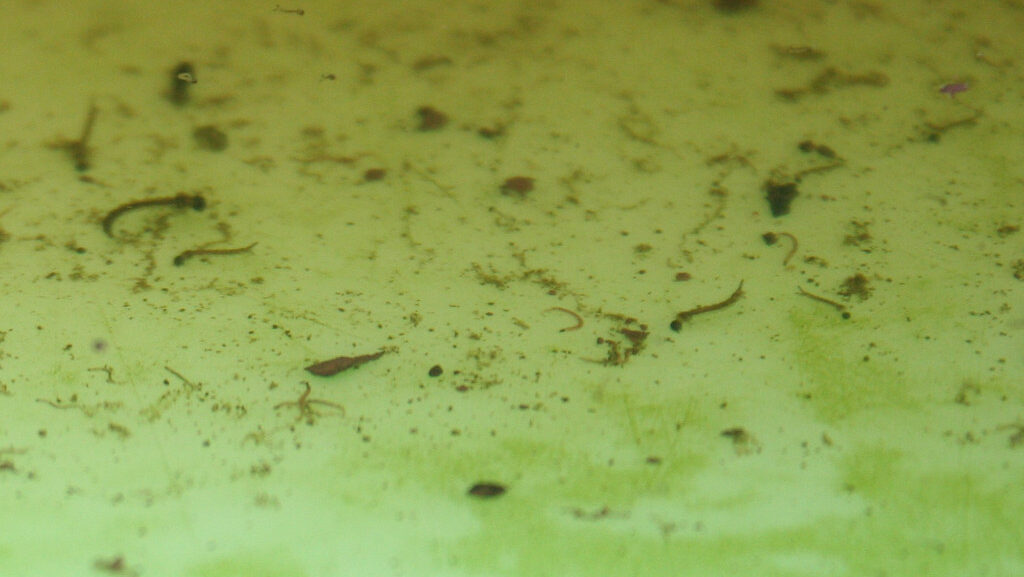
Addressing mosquito breeding grounds represents a proactive approach to reducing local populations and lowering bite risk. Female mosquitoes require standing water to lay their eggs, with species like the common house mosquito able to develop from egg to adult in as little as seven days in warm conditions. Eliminating even small water accumulations—like those in flowerpot saucers, bird baths, clogged gutters, and discarded containers—can significantly reduce local mosquito numbers. For larger water features that cannot be drained, biological controls like Bacillus thuringiensis israelensis (Bti) provide targeted mosquito larvicide without harming other wildlife. Landscaping choices also impact mosquito prevalence, with certain plants like lavender, marigolds, and catnip demonstrating mild repellent properties, while dense vegetation can provide daytime resting places for adult mosquitoes, potentially increasing yard populations.
Genetic Factors in Attractiveness
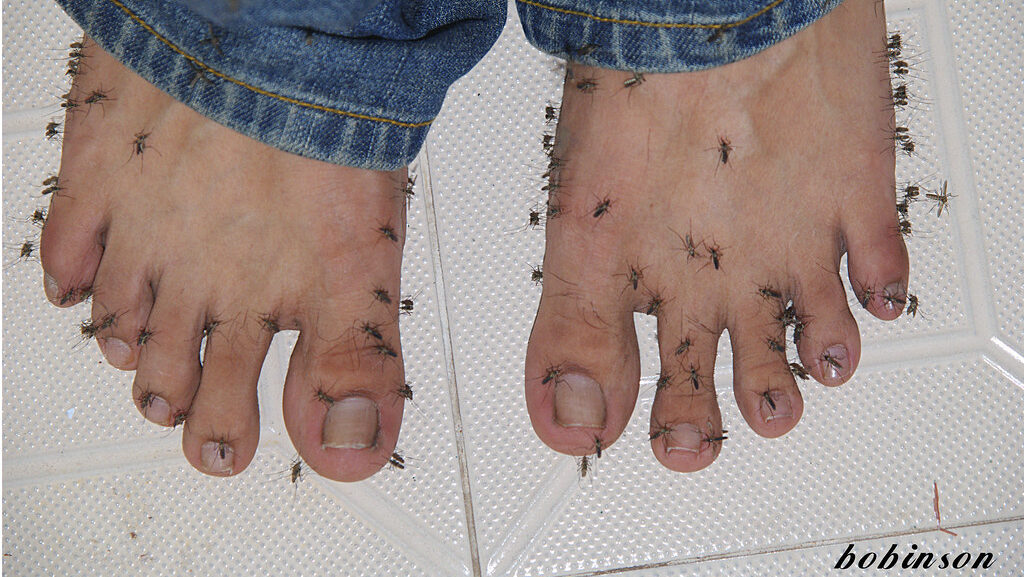
Research increasingly supports what many people have long suspected—mosquito attractiveness has a significant genetic component, explaining why some individuals consistently receive more bites than others in identical conditions. Studies with identical and fraternal twins have demonstrated that heritability influences approximately 85% of variation in mosquito attractiveness between individuals. These genetic factors influence both the composition of skin bacteria and the specific blend of chemical compounds emitted through skin, creating olfactory signatures that mosquitoes find more or less appealing. Blood type appears to play a role as well, with some research suggesting Type O individuals receive more bites than those with Type A, while people with Type B fall somewhere in the middle. Interestingly, about 85% of people secrete chemical signals indicating their blood type through skin, and these “secretors” appear more attractive to mosquitoes regardless of their specific blood type.
Technological Innovations in Mosquito Control
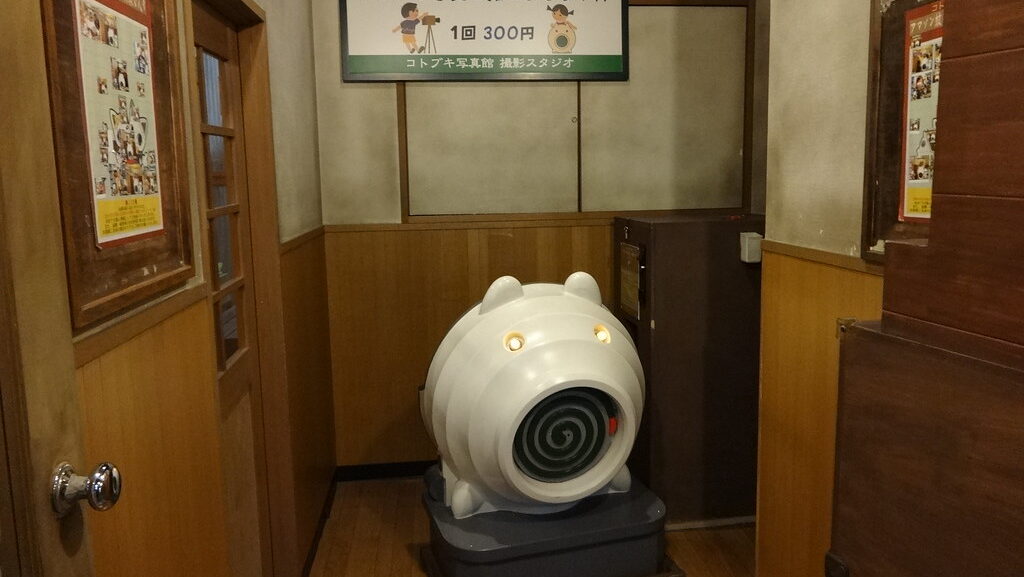
Beyond traditional repellents, scientists are developing sophisticated technological approaches to mosquito management that target these insects’ sensory capabilities. Spatial repellent systems use heat-activated devices to release repellent compounds into the air, creating protective zones rather than requiring skin application. More experimental approaches include wearable devices that emit ultrasonic frequencies claimed to disrupt mosquito navigation, though scientific evidence for their effectiveness remains limited. Genetic modification represents a frontier in mosquito control, with projects like the Oxitec “friendly mosquito” program releasing genetically modified male mosquitoes that produce non-viable offspring when mating with wild females, potentially reducing population numbers over generations. Other promising innovations include trap systems that mimic human sensory cues—releasing controlled amounts of carbon dioxide, heat, and chemical attractants to lure mosquitoes away from people and into collection devices.
Situational Awareness: When Mosquitoes Attack
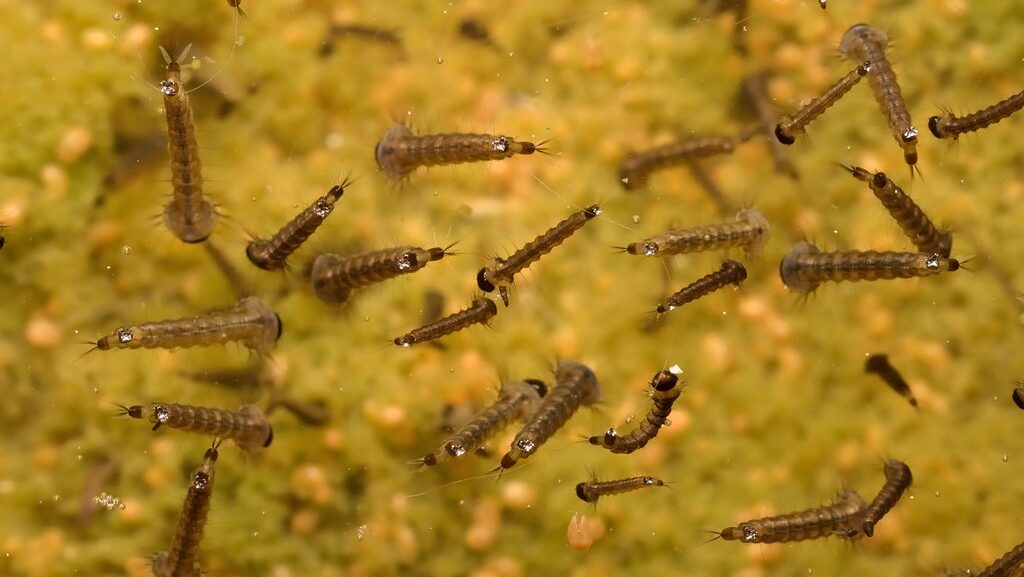
Understanding mosquito behavioral patterns can help people minimize exposure during peak biting times. Most mosquito species exhibit distinct activity cycles, with some like the malaria-transmitting Anopheles being primarily evening and nighttime feeders, while others like the Aedes mosquitoes that transmit dengue and Zika prefer daytime biting. Weather conditions significantly influence mosquito activity, with most species becoming more active during humid periods following rainfall, while strong winds and very hot, dry conditions typically suppress feeding behavior. Mosquitoes generally avoid direct sunlight, preferring shaded areas near vegetation, which explains why wooded edges of yards and parks often have higher mosquito activity than open, sunny spaces. Altitude also affects exposure risk, as most mosquito species cannot thrive at elevations above 8,000 feet, where lower oxygen levels and cooler temperatures inhibit their reproductive cycle.
Combined Defense Strategies

The most effective approach to mosquito protection involves layering multiple defense mechanisms that target different aspects of mosquito sensory systems. Starting with environmental management to reduce local breeding populations creates the foundation for fewer encounters. Adding physical barriers like appropriate clothing and screened spaces further reduces exposure opportunities. When venturing into mosquito territory, applying effective repellents creates the final protective layer, with product selection based on expected exposure duration and personal preferences regarding synthetic versus natural options. This multi-faceted approach recognizes that no single method provides perfect protection, but combining strategies creates a comprehensive defense system. For high-risk areas where mosquito-borne diseases are prevalent, this layered protection becomes even more critical, potentially including permethrin-treated clothing, DEET-based repellents, and bed nets for nighttime protection.
Understanding how mosquitoes find their human targets transforms our approach to prevention from random tactics to strategic defense. By recognizing the sophisticated sensory systems these insects employ—from carbon dioxide detection to heat sensing and odor recognition—we can disrupt their hunting process at multiple points. While complete mosquito avoidance may remain elusive, combining environmental management with effective repellents and physical barriers can dramatically reduce bites and disease risk. As climate change expands the range of mosquito species and the diseases they carry, this knowledge becomes increasingly valuable. The ongoing battle between humans and mosquitoes continues to drive innovation in repellent technologies, potentially leading to more effective and convenient protection options in the future.
